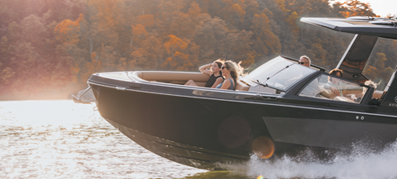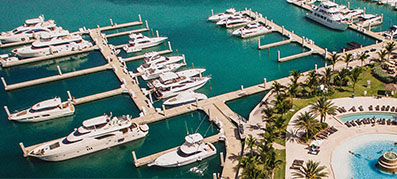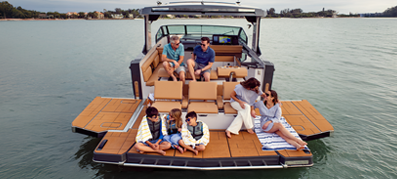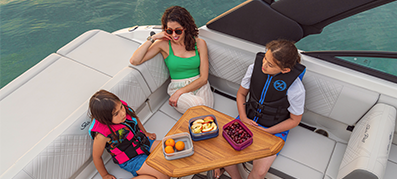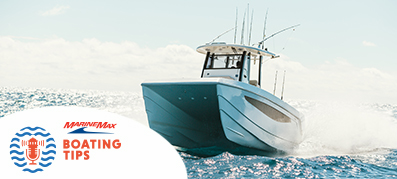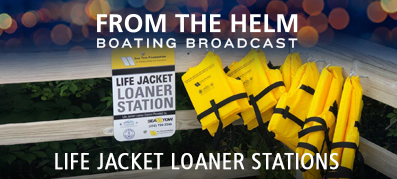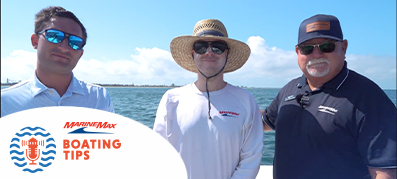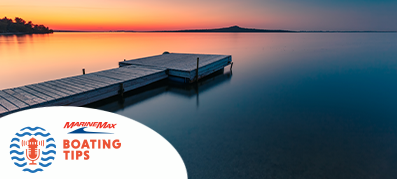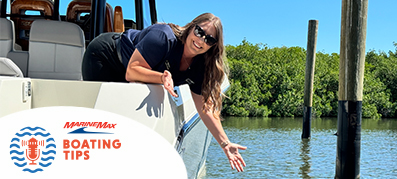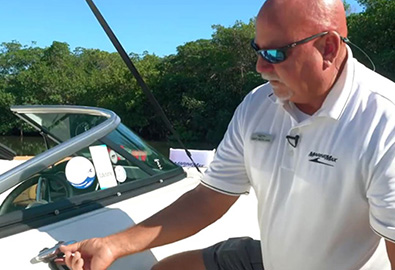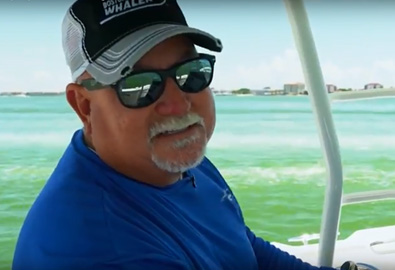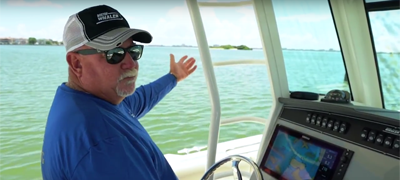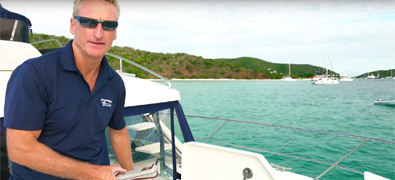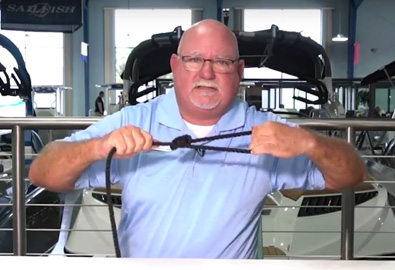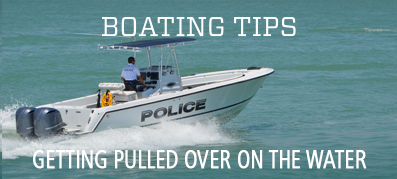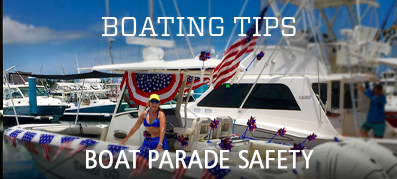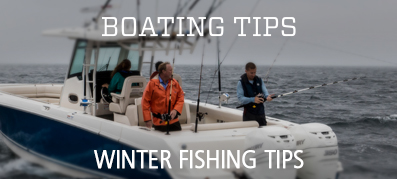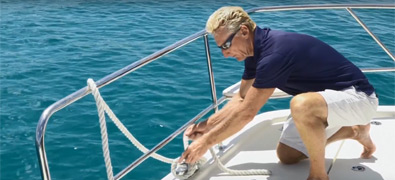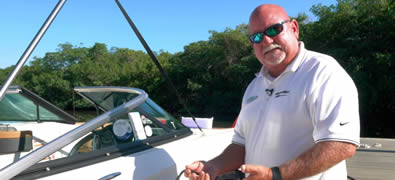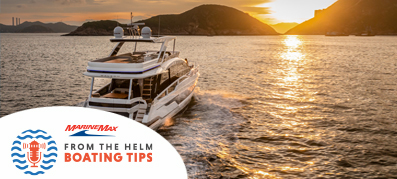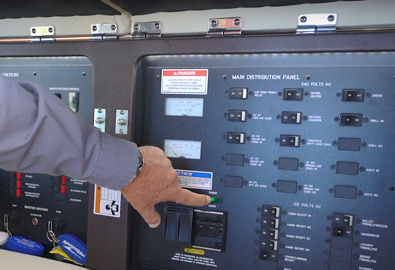Boating Made Easy: Tips for All Boaters
Boating Tips and Guides For All
Whether you're completely new to boating or just looking for a refresher, our “Boating Made Easy” posts are designed to help boaters build confidence and grow their skills. At MarineMax, we know that the world of boating can often feel overwhelming, so we’ve created articles that are easy to follow and apply - building your confidence from the start.
Our boating experts cover all the essential topics, including terminology, safety gear, launching and docking your boat, and boating etiquette on the water. We also share insights from our many years of real-world experience, from how to plan a day on the water to keeping your ship in top shape throughout the season.
No matter how many years of boating experience you have, MarineMax is here to help you launch with success and enjoy life on the water.

